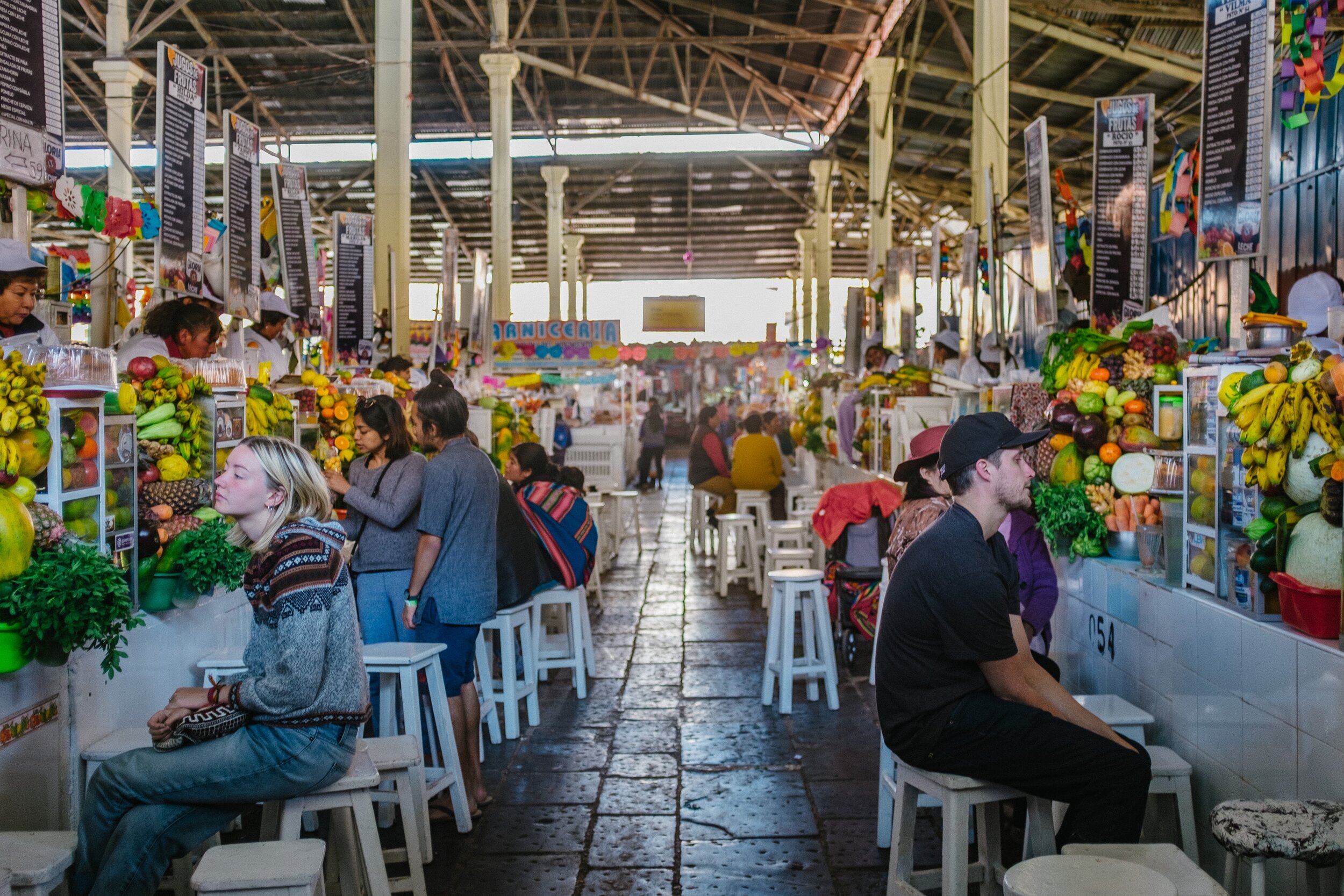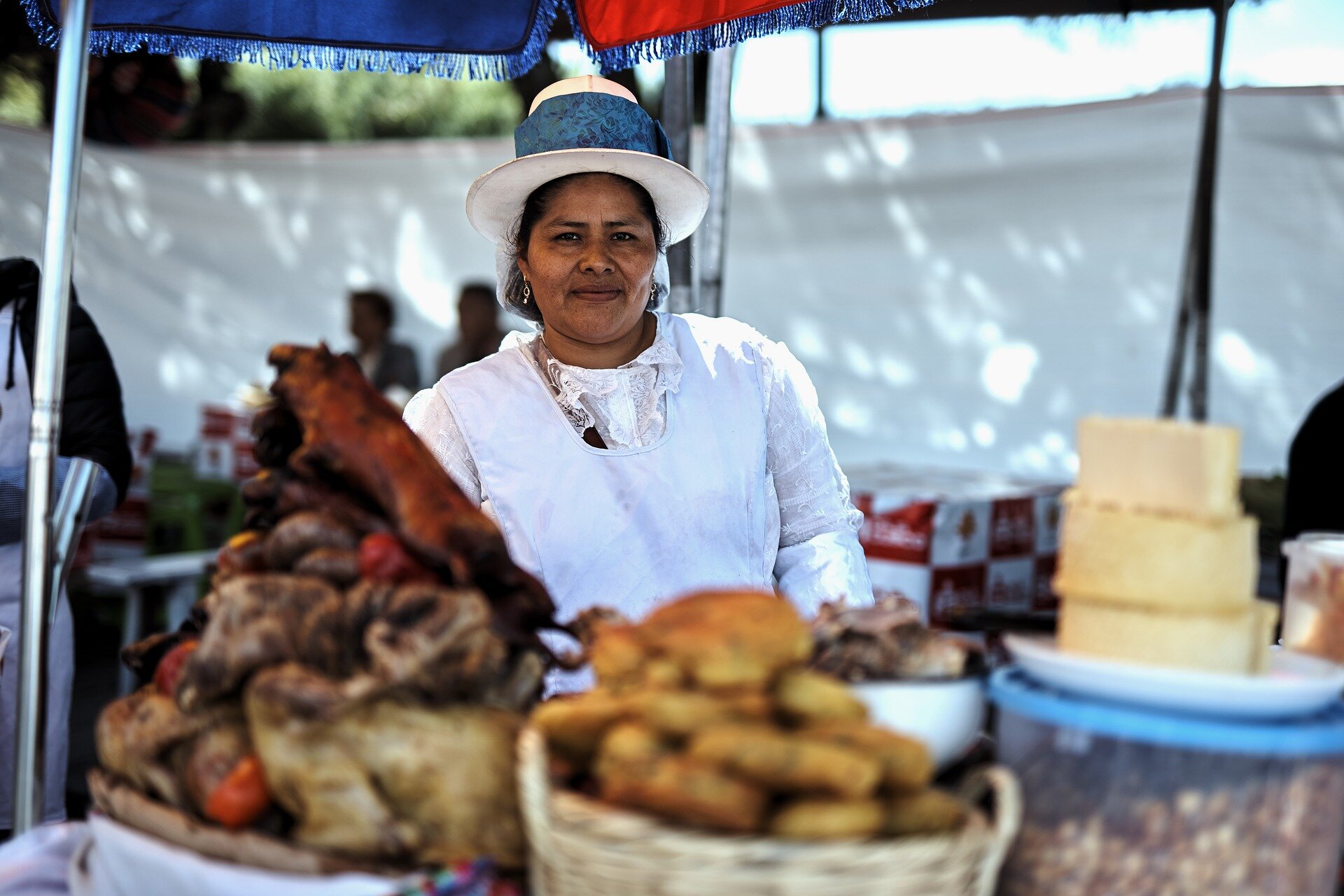Five Facts About Peru That You Might Not Know
How much do you know about Peru?
You may have heard about Machu Picchu and the Incas, or important Peruvian dishes, such as Cebiche (seafood dish) and Lomo Saltado (traditional Peruvian stir-fry), but what other elements make this fascinating country in South America so unique? In today’s blog, we will be sharing a few fun facts with you about Peru!
There are 90 different micro-climates in Peru
Because of our varied geography, Peru features the coast, highlands, jungle and rainforest all inside its territory. This means Peru has all kinds of elevation in its terrain, from sea level to 6757 meters above sea level in Huaraz. Different altitudes means a wide variety of microclimates, which provides an abundance in both flora and fauna, referring to plant and animal life.
The Incas knew this, and experimented with micro-climatization in the archaeological site of Moray, a multi-level agricultural site in Peru. The Incas would plant the same type of seeds at different altitudes of the circular depressions, which would yield different results!
The Amazon rainforest covers about 60% of Peru
We don’t yet know all of the species that live there! The vast density of the rainforest makes it so difficult to traverse that few expeditions venture into it. That is why every year new species are discovered, from small to large. One of its territories called Madre de Dios (mother of god) is believed to have received this name because of the diversity of species that had its origin there.
Peru has three official languages: Spanish, Quechua & Aymara
Yes! Quechua is also known as the language that unified the Inca empire. Originally called Runasimi, “the language of the people”, Quechua has many dialects on its own and so different among each other that someone from Cusco will have a difficult time chatting with their neighbors in Ayacucho, and they both speak Quechua!
Aymara is the language that is mostly spoken in the highlands of Puno and south-eastern Peru. Being an official language means the government has made efforts to provide information in all three languages to the Peruvian population. So next time you are in Lima, tune in to Channel 7’s TV Peru, and you’ll be able to hear the news in Spanish, Quechua and Aymara!
Lima is home to Peruvian gastronomy
If you ever plan on taking a cross-country trip through Peru, you will quickly learn that you could have a completely different meal each day and not necessarily find the same options in other locations! Diversity is shown through gastronomy, and Peruvians are quite passionate about their love for cuisine.
In Peru, food is closely related to identity, and depending on where within the Peruvian territory you are, you will find they have a signature meal. From Comida Criolla in Lima, to Cuy Chaqtado in Cusco, to Rocoto Relleno in Arequipa, you will find Peruvian food in a restaurant near you!
Three-quarters of the 10 million alpacas around the world live in Peru
Needless to say, we know each and every one of them… by name. Just kidding! However, we do keep track of them because they have been declared an endangered species.
Alpaca wool is so fine and high-quality that it’s sought by luxury brands to make all sorts of garments for winter. The alpaca’s cousin, Vicuña, is also an endangered species because their wool is the highest quality fiber within the animal world. Garments made with Vicuña can be sold for as high as ten thousand U.S. Dollars!
Did you know any of these facts about Peru? Are there any others you have heard of or know from your trips to this wonderful country? Tell us about it! To get to know Peru in more detail, read our past blog, “Understanding The Keys of Peruvian Culture: Landscape and Diversity”!
Learn more about studying abroad in Peru with EdOdyssey!








